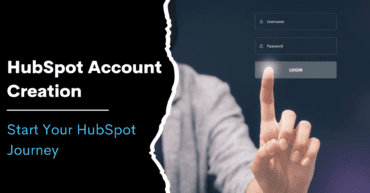Blogs
Unlocking Success with the Power of HubSpot CRM Training In today’s fast-paced digital landscape, managing customer relationships is a key driver of business success. HubSpot CRM has emerged as a powerful tool to streamline this process, providing businesses with a centralized platform for customer interactions. In this blog post, we’ll delve into the significance of […]
Top 10 Digital Marketing Courses in Bangalore for Career Success Are you ready to supercharge your career in the digital era? Often referred to as the Silicon Valley of India, Bangalore is a thriving center for innovation and technology. With its vibrant ecosystem of startups, tech giants, and digital enterprises, it’s no surprise that Bangalore […]
Learn HubSpot CRM from Scratch: A Comprehensive Guide Embark on a profound and enriching journey as we expertly navigate you through the process of mastering HubSpot CRM, starting from the very basics, in this all-encompassing guide. Whether you’re a beginner eager to grasp the fundamentals or a seasoned user looking to refine your skills, our […]
Embracing a Digital Marketing Career: Unveiling Opportunities for Success in the Digital Age In today’s fast-paced world, the allure of a digital marketing career has never been stronger. From its dynamic nature to its endless growth opportunities, let’s explore why choosing a career in digital marketing can lead to a fulfilling and prosperous professional journey. […]
HubSpot is a robust customer relationship management platform that is a one-stop destination for marketing, sales, content management, marketing automation, sales automation and customer service. HubSpot is renowned for its integration capabilities, scalability, and user-friendly interface.
Users of HubSpot using the Add & Edit Users permissions feature can modify the permissions granted to both new and existing users within their HubSpot account. The user needs to have Modify billing permissions to customize permissions for a user with a paid seat.
Logging into HubSpot typically requires a username and password. With two-factor authentication (2FA), a separate device like a mobile phone is used for verification, reducing the risks of intruders gaining access to your account, as it requires physical device access.







